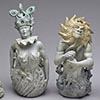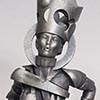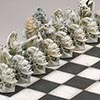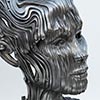When does a single piece morph into an entire collection?
Well, with the theme of the Flow Series, the iterations can be endless since the idea of freezing a moment in time and evoking the ephemeral can involve any moment that inspires and echoes with a sense of wonder about the world.
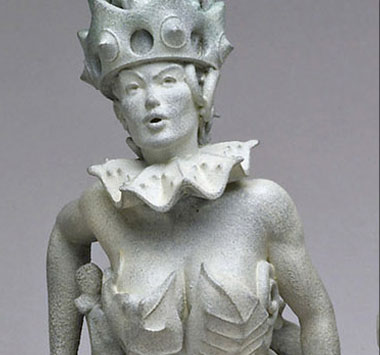
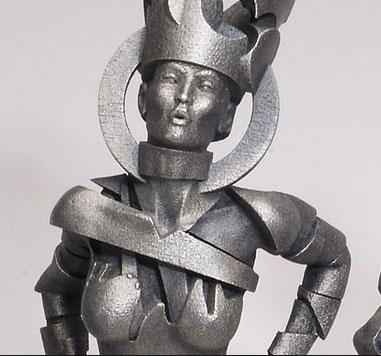

Who are some of the artists that inspired you as a young artist? What artists do you find pleasing today?
I liked the surrealists, including Dali, Max Ernst, Giorgio de Chirico, a visionary artist like Ernst Fuchs and Antoni Gaudi, the Spanish architect. What interested me about Gaudi was how he was interpreting natural shapes in his architectural forms. Also, Francis Bacon and Roberto Matta have been influential over the years. The surrealists were about tapping into the unconscious. Now my fascination goes more to architects like Lebbeus Woods, Zaha Hadid and Frank Gehry, just to name a few.
Your training is classically driven. In what ways does this inform or influence your esthetic decisions?
Well, I trained in a restoration workshop learning how to restore old masters and contemporary masters. It helped me understand how important it is to use the right tools to create specific things, and the multiplicity of ways these tools can be combined and used. As our visual and intellectual understanding evolves and the scope and sources of inspiration expand, we develop more sophisticated tools to express deeper layers of how we assimilate this new knowledge and our intuitions about the world. I think artists of most periods in art history have always thrived to forge new tools and methods to express themselves, and these new tools and methods, in turn, have influenced the evolution of styles. Whether for ideological reasons, such as breaking away from artistic dogmas or for implementing new ways of looking at the world, the changes were a natural course of action. With the digital age, the process has expanded at an incredible speed and these new tools influence our stylistic decisions.
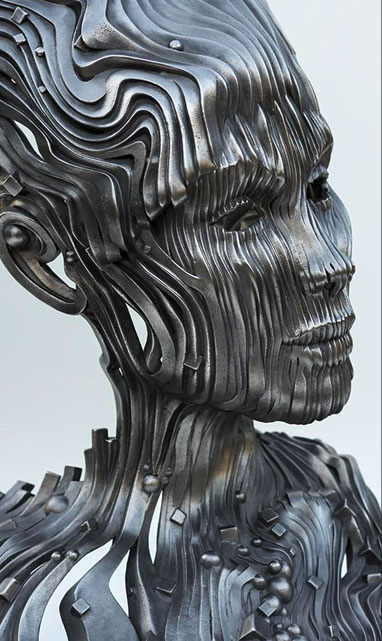
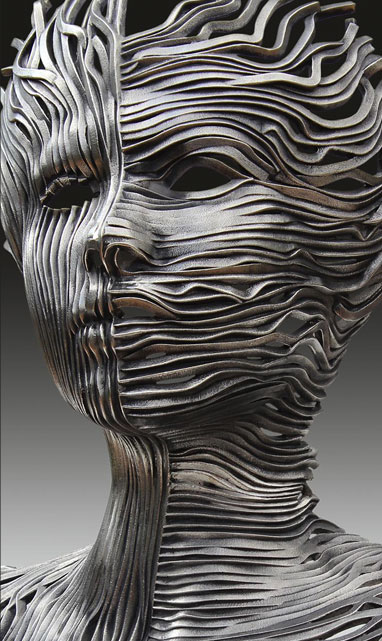
Would you describe yourself as a surrealist?
It is easier to say yes in general and avoid the question, but I’d have to say not really. At the very beginning of my career, yes, surrealism was a big influence and I emulated it. As I developed my own style and sources of inspiration, I felt it was limiting to be boxed up into an "ism." Tapping the subconscious just became another part of the process and I became increasingly fascinated with the creative process itself as well as with growth processes in nature, the architecture of plants, molecular structures, new knowledge about human perceptions and a million other things that made me feel it was pretty restricting to fall into surrealism only. Plus I saw it as something from the past, as our understanding of the human psyche and brain is continuously evolving with science. I also naturally stayed away from art movements or trends and saw being an artist as a quest for personal growth.
